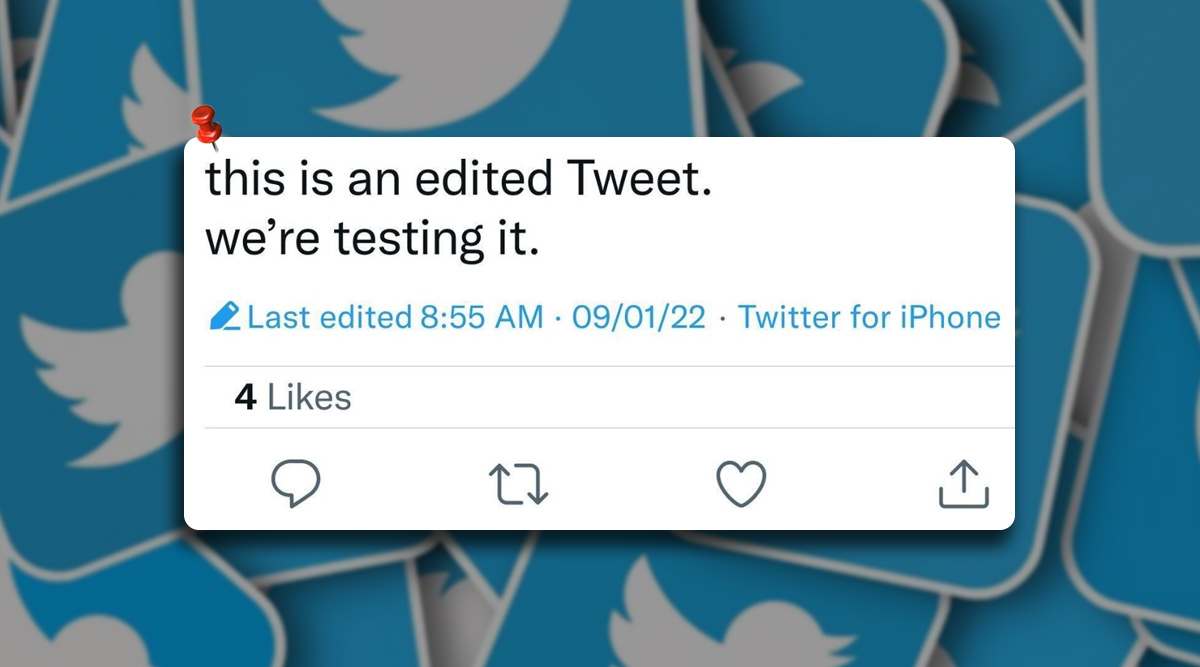The Switch 2, Nintendo’s first major hardware release in eight years, was officially unveiled on Wednesday, marking a departure from the company’s founding philosophy—a shift that could steer the veteran gaming firm in a new direction. The console will hit retail shelves on June 5.
Nintendo has long been known for its conservative approach to products, but with the Switch 2, the Kyoto-based company is shifting from its image of being highly experimental to a tried-and-tested approach—settling on a proven form factor and iterative updates. The Switch 2, the successor to the original Switch, which changed the gaming landscape with its breakthrough hybrid design, is a continuation of the same philosophy.
 Nintendo Switch 2 has a bigger display, more compute and storage. (Image credit: Nintendo)
Nintendo Switch 2 has a bigger display, more compute and storage. (Image credit: Nintendo)
The Switch 2 is larger than its predecessor. It measures 7.9 inches, compared with 6.2 inches for the original system, though no thicker than the previous console. It’s still a hybrid system that can be played in handheld mode or connected to a screen and controller for a traditional home console experience. However, the new console now features a built-in kickstand that extends at a wider angle for more flexible viewing, a larger 7.9-inch LCD screen with a 120 frames per second (fps) and HDR, upgraded internals, and taller Joy-Cons that are easier to attach via magnets and a new docking system with support for 4K gaming. Both controllers can also function as an optical mouse. Additionally, the new system includes a second USB-C port for connecting accessories such as a new camera accessory and for charging.
The Switch 2 also features a new C button, which can be used to activate a chat menu, allowing access to controls like muting your voice during Discord-like “GameChat” calls. The microphone is built into the main Switch 2 unit, and Nintendo says it can pick up your voice from across the room when the console is in docked mode. GameChat will require a Nintendo Switch Online subscription in the long run, but access will be free until March 31, 2026. Parents and guardians can set GameChat restrictions through the Nintendo Switch Parental Controls app.
The new console will be backward compatible, allowing it to play both physical and digital Switch games, though some may not be supported or fully compatible with the Switch 2, Nintendo said. In its previous Nintendo Direct on March 27, the company announced that it would continue to make games for the first-generation Switch console.
Nintendo’s Switch is the third best-selling game console of all time, behind Sony’s PlayStation 2 and its own DS handheld.
Released in 2017, the console has sold more than 150 million units worldwide. The popularity of console helped turn around Nintendo’s fortunes after years of lacklustre financial results following the release of the commercially unsuccessful Wii U.
Story continues below this ad
Analysts hope the Switch 2 will reinvigorate interest in Nintendo’s biggest revenue driver. Investors have been pressuring Nintendo to introduce new hardware to replace the aging original Switch, which has peaked in consumer interest. They have also urged the company to diversify its business into new territories—a move Nintendo has taken in recent months by expanding into movies, theme parks, and services. The Switch was so successful for Nintendo that it generated $100 billion in sales, propelling the company’s fortunes to record highs.
“I believe the device will do very well in the first few years because of pent-up demand, stronger third-party support and another strong initial software line-up. However, I would not be so sure if Switch 2 will ever reach the eye-watering sales level of the original model. For that, Nintendo would need to catch lightning in a bottle twice in a row – not impossible but very hard,” Serkan Toto, CEO of Tokyo-based consultancy Kantan Games, told indianexpress.com.
But Nintendo’s fate also hinges on how well the Switch 2 is received by consumers. When the first Switch launched, Nintendo replaced two existing devices: a handheld console like the DS and a home console like the Wii. That experiment worked for Nintendo, and the company hopes to replicate the same formula. However, this also creates a risk—if the only platform they are betting on fails.
“The performance of the Switch 2 will decide how Nintendo itself will do in the foreseeable future, as it is the only platform they are focusing on right now,” he said.
Story continues below this ad
With the Switch 2, Nintendo is following up with another console that isn’t radically different but rather an iterative update—something the company hasn’t done before. It’s a safe bet that avoids the risk of losing consumers, a strategy Apple has mastered with the iPhone. Many in the industry sense that Nintendo is gradually following in Apple’s footsteps.
“Nintendo did expand its brand power to other verticals such as movies, theme parks or consumer goods over the last several years. In its core business however, Nintendo is all-in on a single platform, namely the Switch. They are now trying to control risk by calling the next device just Switch 2, retaining the dual-use as a TV as well as handheld console and keeping experimental innovation at a minimum,” Toto responded when asked about Nintendo’s strategy to diversify its offerings beyond video games.
 Switch 2 will support storage expansion via microSD card. (Image credit: Nintendo)
Switch 2 will support storage expansion via microSD card. (Image credit: Nintendo)
Nintendo has long faced pressure to evolve and grow its business despite challenges such as competition from mobile games and the seasonal highs and lows of the console market. This time, however, Nintendo’s big bet is not on thinking differently but on relying on an existing design with flashier graphics and faster loading times.
Mainstream appeal is critical for the Switch 2 to reach a broader user base. However, Nintendo needs to convince consumers to want a new and improved Switch 2, whether or not their old one needs replacing. Video game consoles aren’t like smartphones—consumers don’t upgrade them as frequently. This puts Nintendo in a different position than Apple or Samsung.
Story continues below this ad
Experts say Nintendo needed a more familiar console rather than something radically different. Investors will be watching closely to see if the Switch 2, along with its new features and exclusive games, will drive demand.
The Switch 2 launches amid a global trade war and renewed threats by U.S. President Donald Trump to impose tariffs that could make overseas-made tech products more expensive. Nintendo began manufacturing the Switch in Vietnam in 2019 during the last Trump administration trade war with China and has since ramped up production at a new factory there. By using its Vietnamese production facilities to supply Switch 2 units to the U.S., Nintendo could potentially avoid the tariffs.
“As a hardware provider, Nintendo is directly impacted by any changes in global trade. Like other companies, Nintendo currently finds itself in a period of uncertainty, as nobody knows how the U.S. will act in the short or long term,” said Toto.







